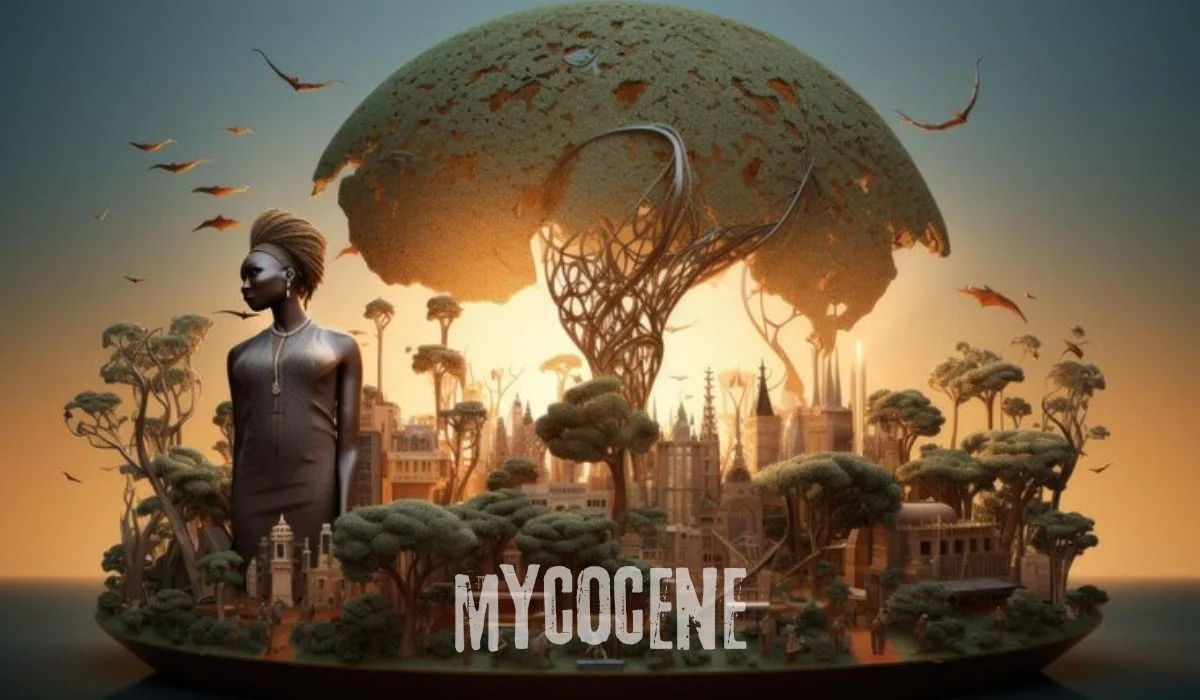As humanity progresses through the Anthropocene, an epoch marked by significant human impact on the Earth, scholars and environmentalists alike speculate about the next phase of our environmental journey. Enter the Mycocene—a visionary concept representing a shift towards a future where our relationship with technology and nature evolves significantly. The term “Mycocene” encapsulates the potential transition to a new era characterized by the integration of mycology (the study of fungi) and sustainable practices. This article delves into the Mycocene, exploring its origins, implications, and how it could reshape our approach to technology and environmental stewardship.
Understanding the Anthropocene
Before delving into the Mycocene, it’s crucial to grasp the current epoch, the Anthropocene. This term describes the period during which human activity has become the dominant influence on climate and the environment. From industrialization to urbanization, the Anthropocene signifies a time of unprecedented ecological change, often with adverse effects on the planet’s health.
Trending: Blue Phoenix : Transforming Waste Management Globally
Key features of the Anthropocene include:
- Increased Carbon Emissions: Industrial activities have led to a significant rise in greenhouse gases.
- Biodiversity Loss: Human encroachment and habitat destruction have accelerated species extinction.
- Pollution: The proliferation of pollutants has adversely affected air, water, and soil quality.
While the Anthropocene has highlighted human ingenuity and technological advancement, it has also underscored the need for a more harmonious relationship with nature.
Introducing the Mycocene
The Mycocene envisions a future where humanity transitions from the Anthropocene’s technological excess to a more sustainable and nature-integrated paradigm. This speculative future emphasizes the role of fungi and mycological principles in shaping a more balanced relationship between technology and the environment.
What Is the Mycocene?
The Mycocene combines the study of fungi with the broader context of sustainable living. Fungi, often overlooked, play critical roles in ecosystems, including nutrient cycling, decomposing organic matter, and forming symbiotic relationships with plants. In the Mycocene, the use of fungi extends beyond traditional roles, integrating them into various aspects of technology and environmental management.
Core Principles of the Mycocene
- Biomimicry and Fungal Technology: Drawing inspiration from the efficiency and adaptability of fungi, the Mycocene promotes the development of technologies that mimic natural processes. For instance, using mycelium (the vegetative part of fungi) in biodegradable materials and construction could revolutionize industries traditionally reliant on non-sustainable practices.
- Sustainable Resource Management: The Mycocene emphasizes the use of fungi in waste management and recycling. Fungi’s ability to break down complex organic materials could lead to innovative solutions for waste reduction and resource recovery.
- Ecological Restoration: By leveraging the natural capabilities of fungi, the Mycocene envisions a future where we actively restore and rehabilitate ecosystems. Mycelium networks can help heal degraded soils, improve plant growth, and enhance biodiversity.
- Integrated Technological Systems: In the Mycocene, technology and nature are not seen as separate entities but as integrated systems. This principle encourages the development of technologies that work in harmony with natural processes rather than disrupting them.
How the Mycocene Could Transform Technology and Society
1. Innovations in Materials Science
One of the most exciting prospects of the Mycocene is the development of new materials inspired by fungal biology. Mycelium-based materials, such as packaging and construction materials, offer several advantages:
- Biodegradability: Mycelium materials decompose naturally, reducing waste and pollution.
- Renewability: Fungi grow quickly and can be cultivated with minimal resources, offering a sustainable alternative to traditional materials.
- Strength and Versatility: Mycelium can be engineered to create strong, lightweight materials suitable for various applications.
You Might Also Like: Mizpedia.com
2. Advancements in Waste Management
Fungi have long been known for their ability to decompose organic matter, but their potential for waste management extends beyond natural processes:
- Bioremediation: Certain fungi can break down pollutants and toxins, offering a natural method for cleaning contaminated environments.
- Mycoremediation: This specialized form of bioremediation uses fungi to address environmental pollutants, including petroleum products and heavy metals.
3. Enhancing Agricultural Practices
In the Mycocene, agriculture could benefit from integrating fungal technologies:
- Mycorrhizal Associations: Fungi form beneficial relationships with plant roots, enhancing nutrient uptake and improving crop yields.
- Soil Health: Fungi contribute to soil structure and fertility, promoting sustainable agricultural practices.
4. Ecological Restoration and Conservation
Restoring degraded ecosystems could become more effective through the Mycocene’s application of fungal principles:
- Ecosystem Rehabilitation: Mycelium networks can help restore soil health and support plant regrowth in damaged areas.
- Biodiversity Enhancement: Fungal networks contribute to habitat creation and support diverse plant and animal life.
Challenges and Considerations
While the Mycocene offers promising solutions, several challenges must be addressed:
- Scalability: Implementing mycelium-based technologies on a large scale requires further research and development.
- Public Awareness: Educating the public about the benefits of fungi and the Mycocene is crucial for widespread adoption.
- Regulatory and Safety Issues: Ensuring that new fungal technologies are safe and meet regulatory standards is essential.
Conclusion
The Mycocene represents an exciting vision for the future, one where humanity embraces the wisdom of nature to create a more sustainable and harmonious world. By integrating mycological principles into technology and environmental practices, we can pave the way for a future that transcends the limitations of the Anthropocene. As we advance towards this new era, the Mycocene invites us to rethink our relationship with technology and nature, fostering a future where both can thrive together.




